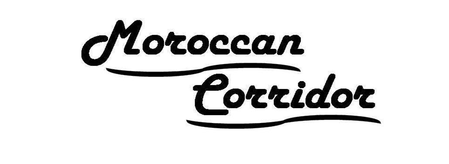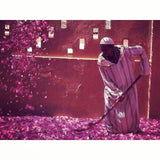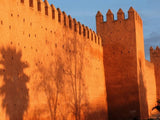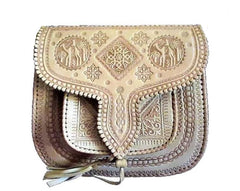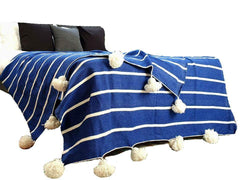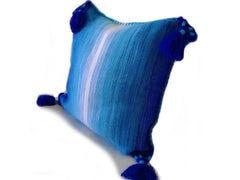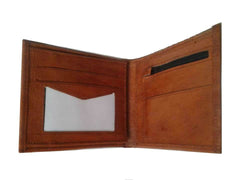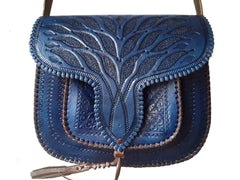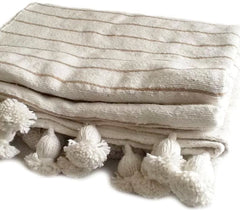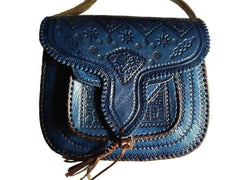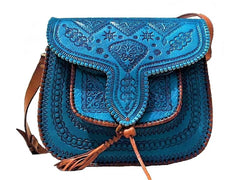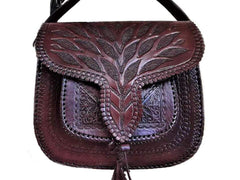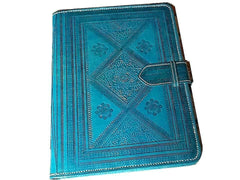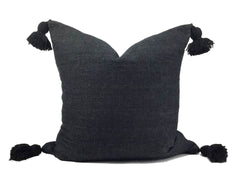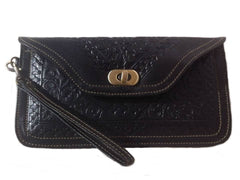Carpet making in Morocco is a tradition that Morocco has known for hundreds of years, whether it is Arabic carpets or Berber rugs. The traditional hand-made Moroccan carpets are one of the most famous products of the Moroccan handicraft sector, with an estimated size of billions of dollars. This type of carpets are paintings that are woven into folk tales and stories from the history of Morocco.
The Moroccan carpet is distinguished by skill and mastery, regardless of its different industries, between cities and villages. It is an expression of Moroccan traditions and folk customs, and it expresses the joys and suffering experienced by its female creators.
Moroccan carpet differs from one region to another, and each region has its own peculiarity in the production of the carpet. In the city we find Arab and Andalusian motifs as well as in the Rabat carpet, but in the countryside and villages, Amazigh women have mastered the drawing of simple shapes and symbols.
Carpets and Moroccan Woman
Despite the ingenuity of the craftsmen and the skilled workers in weaving the finest types of carpets, the female villagers are unmatched in this field, as they work lightly and diligently to weave the most beautiful types of carpets, being creative in weaving beautiful shapes from it, and decorating them with a variety of patterns, engravings and geometric shapes.
Moroccan women in the countryside and the city have accumulated over the years artistic experience that they pass on from one generation to the next, to weave the epic of the precious carpet, whether in terms of its richness or its history and origins.
City versus Rural carpets
There are two types of Moroccan carpets: the City carpets and the Rural carpets.
The city carpets are made by urban women mainly from Arabs, and they are dense in texture, and usually contain flower shapes, and their manufacture is concentrated in Rabat and other Moroccan cities.
As for the rural and village carpets, it is concerned with the texture of Amazigh women, and it is characterized by simple geometric designs of various sizes, and the drawings of this type of carpets rarely include the shapes of birds, animals or people, and there are also different types of rural carpets, so each Berber tribe has its own designs that master its weaving Women who know her craft by heredity.
City Carpet: Zarbia Rbatia (Rabat's Carpet)
The Moroccan carpet in general is distinguished by its bright red color, and its materials are dominated by pure wool or cotton, and it is decorated with the distinctive shapes for which the countries of the Maghreb and Andalusian civilization are famous, but these standards differ from region to other, which helped create many types of carpets within the same country.
Women who specialize in making lace carpets or teachers are skilled at mixing colors, choosing geometric shapes, and developing plans that are often executed by girls who are taught by skilled craftsmen in workshops that include more than one worker.
The Rabat carpet is characterized by dense wool, and is predominantly red, which is used as a floor for it, while the center and the edge are decorated with delicate and intertwining drawings.
Weavers always choose dark colors for weaving the rugs' sides, while the preferred color for the middle is red, blue or green.
Weaving the Rabat carpet is no longer profitable because of the high labor costs that began to prefer working in modern factories instead of the traditional ones, and also because of the fierce competition imposed by the modern carpet product, whose price is remarkably lower than the traditional carpet.
It is noteworthy that the making of the Rabat carpet has many rituals, starting from preparing wool as the primary and main material in the product, passing through weaving, twisting and coloring, and these preparations are often carried out in an atmosphere of joy and singing, either in the homes of carpet makers, or in shops that are rented for this purpose. Upon completion of weaving the piece, which often requires weeks, the weaver begins to spray the carpet with water as a sign of safety. There are many rituals and preparations to create the Rabat carpet, often in an atmosphere of joy and singing.
In addition to the Ribatian carpet, there is also the Marrakeshia and Fassia carpets, in which the long and wide strings are intertwined, and their inscriptions are dominated by the Islamic decorative character, and are woven from soft dense cotton and fed with brocade and golden threads, while their colors are varied and bright.
Read also: Moroccan old traditional carpet: Zarbia Rbatia (Rabat's Carpet)
Berber Carpet
A large part of Moroccan craftsmanship, renowned today throughout the world for its diversity and the creativity of its actors and actresses, draws its authenticity and draws its inspiration from the rural culture from which it comes, and its products are often specific to the territories from which they originate. This is particularly the case for wool rugs: if each large region of the country is characterized by patterns, colors, ways of weaving or particular shapes1, it is at the level of the tribes and their territory. , sometimes even villages, that we must seek a certain unity.
The village women, who are Amazighs, are creative in weaving different types of Moroccan rugs, and decorating them with a variety of motifs, inscriptions and simple geometric shapes such as rhombuses, triangles, rectangles and squares.
Despite the ingenuity of the craftsmen and the skilled workers in weaving the finest types of carpets, the fingertips of the female villagers are unmatched in this field.
After their return from a long day of work in the fields, the women in the villages do not rest in the villages to rest. As soon as they finish their house work, they return to their rooms, spinning wool and knit carpets, and spend endless hours in that in an atmosphere of loud chants.
When the villager sits in front of the loom, she pleases him with everything in her chest, drawing her dreams and freely expressing her own artistic taste, without being bound by a specific decoration with which she adorns the carpet, which she spends long months in weaving, because the loom becomes a white paper on which forms of creativity are drawn.
Read also: Berber Carpets
Rude competition
The Moroccan government is trying to revitalize the trade of this handicraft product, which faces fierce competition from automated and cheaply imported carpets through local and international exhibitions.
Handmade carpets are facing great competition from imported automatic carpets, as people have started to buy them because they are cheap, although the presence of traditional carpets in the home is a heritage in Morocco, because it is woven by hand, and the types of wool used are natural and not like those made with mechanical machines.
Nevertheless, a number of Moroccans still insist on furnishing their salons with hand-made carpets, which have its own specificity and beauty, and the interest of government departments is very great in urban carpets, and hardly any Moroccan minister or high-ranking official has the office of the traditional Rabat carpet.
